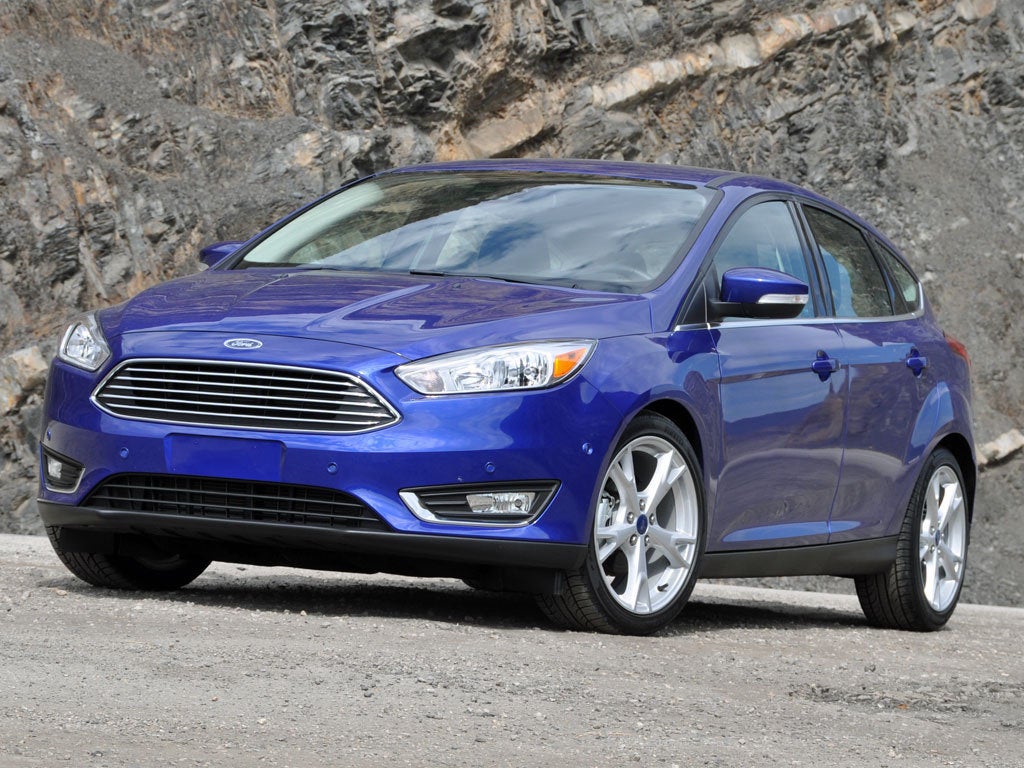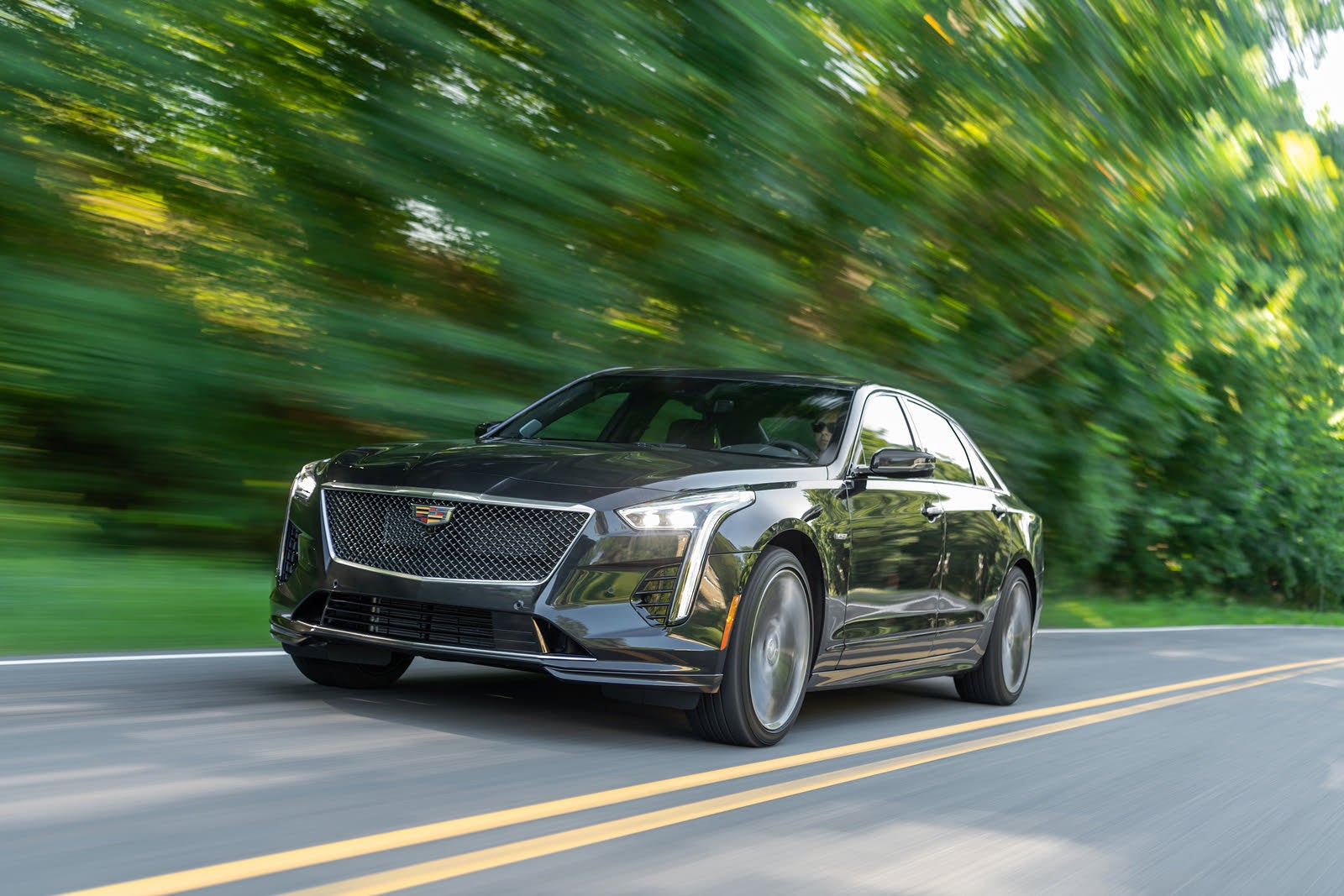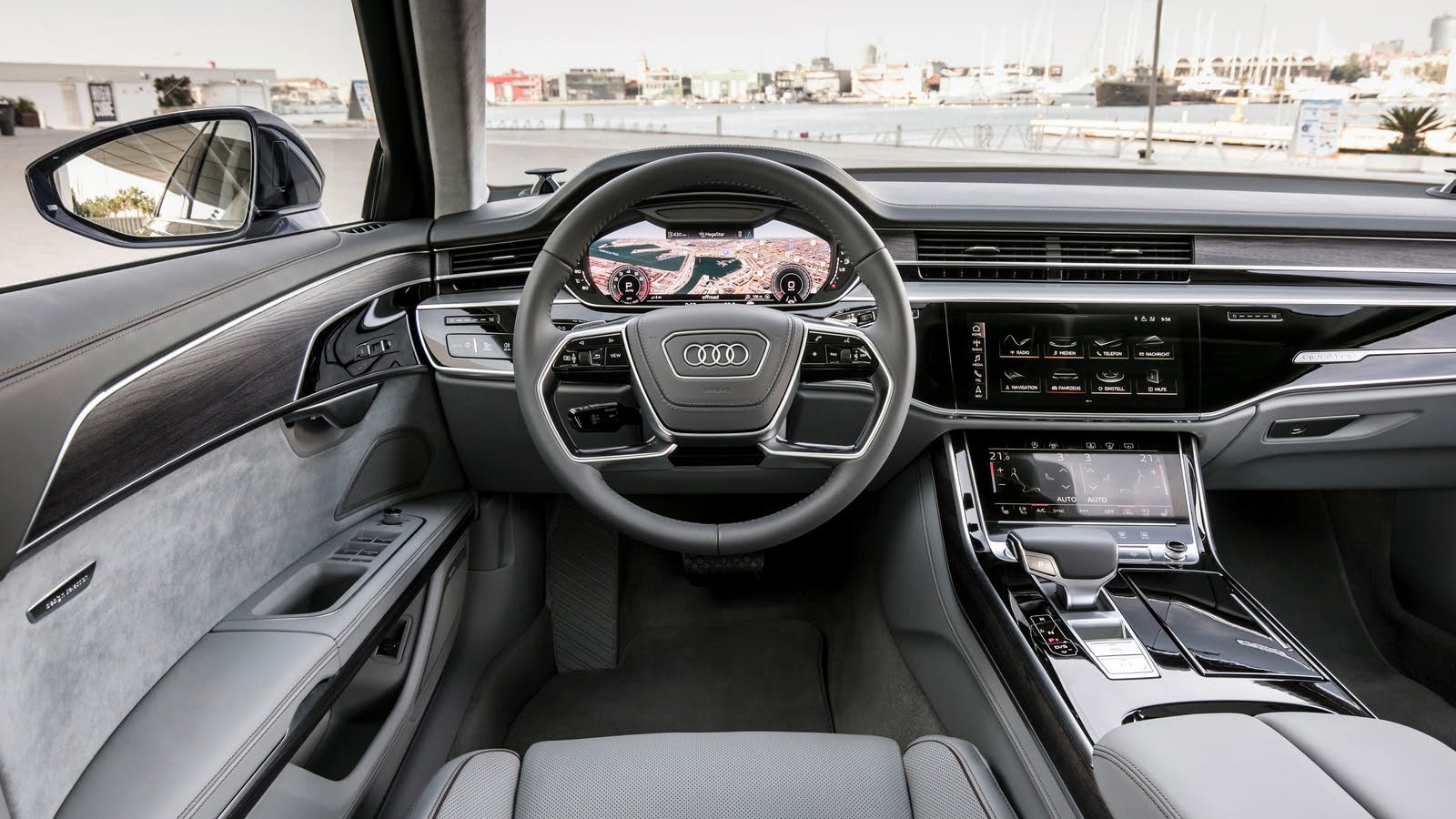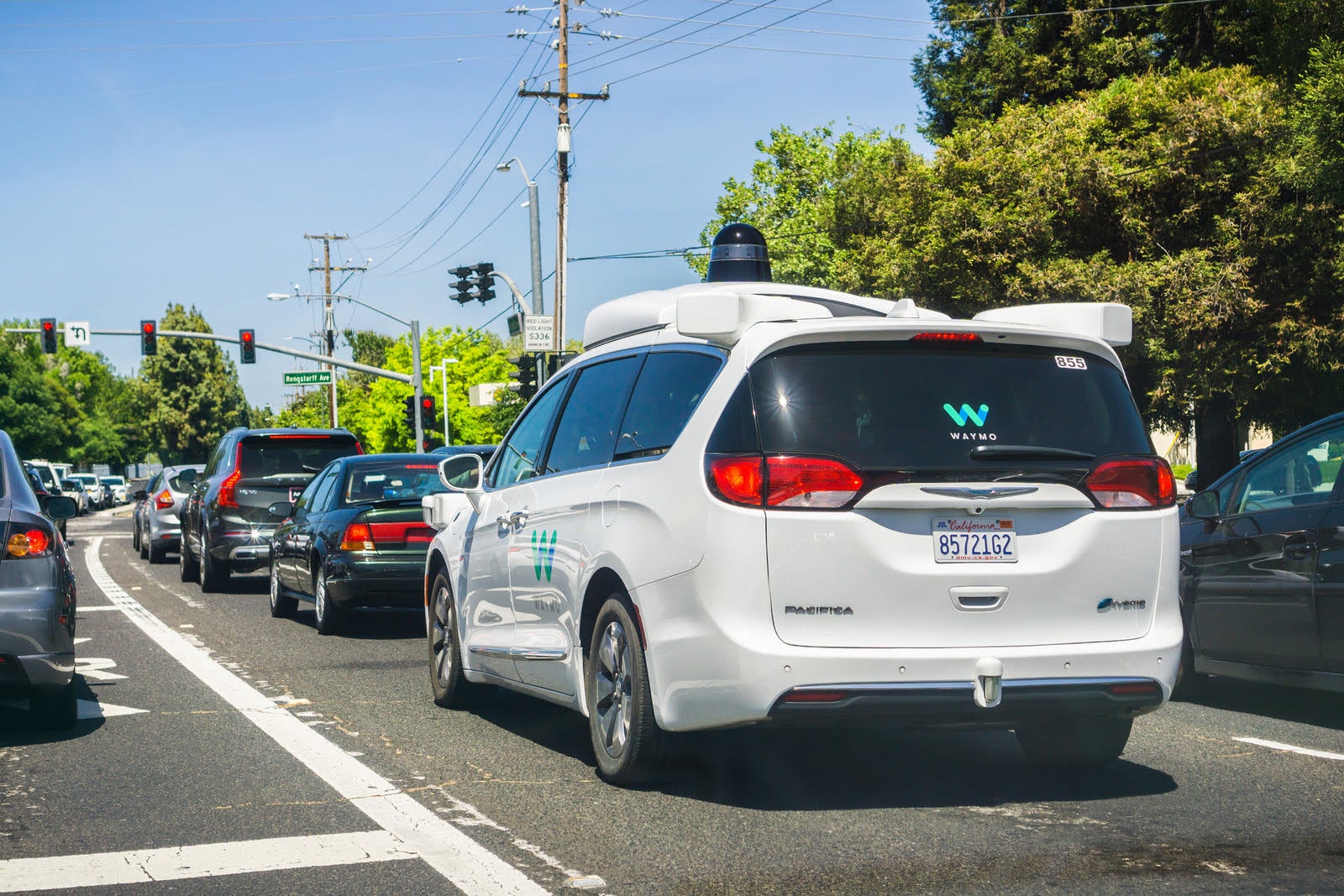We might not be zipping around the skyways like the Jetsons, but cars of the future are moving closer to reality with every passing year. Self-driving cars exist in some capacity already, thanks to advanced driver-assistance (ADAS) technologies like Tesla's Autopilot and Cadillac's Super Cruise, but even these features don’t qualify a vehicle as truly autonomous—they require the driver to remain attentive behind the wheel.
SAE International, an organization that manages ratings and standards for various automotive topics, has defined self-driving cars based on a series of levels. Starting at level 0, these standards require increasingly more complex driver-assistance features, until the car offers full self-driving capability with level 5. Follow along as we break down each level of autonomous driving.
Level 0

Level 0 vehicles offer very limited driver-assistance systems and require the driver to steer, brake, accelerate, and manage their car in traffic. That said, these cars can have a few helpful features, including blind-spot warning, lane-departure warning, and automatic emergency braking, which will bring the car to a stop when a collision appears imminent.
Level 1

Level 1 vehicles build slightly upon level 0 cars. The driver is still responsible for negotiating traffic, but a level 1 vehicle has technology that can either help the driver steer or manage the car’s speed—it can’t do both. For instance, a level 1 vehicle may have lane-keeping assist or adaptive cruise control, but it won’t have both systems.
Level 2

This is the current sweet spot for autonomous driving. A level 2 car will have both the technologies discussed for level 1, rather than one or the other. That means that a level 2 vehicle can steer itself using technology like lane-keeping assist or lane-tracing assist while also managing its speed via adaptive cruise control. Although Super Cruise and Autopilot are often discussed as full self-driving suites, in reality, these systems offer only level 2 autonomy.
Level 3

At level 3, SAE International states the car has officially begun driving itself, even if there’s a person in the driver’s seat. Under limited conditions, the vehicle can negotiate traffic, steer, brake, and accelerate on its own. However, when a level 3 self-driving feature requests it, the driver must take control back from the machine. Currently, Audi's Traffic Jam Pilot offers level 3 autonomy.
Level 4

The difference between level 3 and level 4 comes down to whether or not the vehicle requires the driver to take control when requested. Level 4 autonomy will still engage only when specific conditions are met, but once that happens, the vehicle will be able to steer, brake, accelerate, and read and react to traffic with zero driver involvement. For instance, a level 4 car might handle highway driving by itself but need a driver to navigate city streets or parking garages.
Level 5

Level 5 is the real deal. Fully autonomous cars fall under level 5. These vehicles can drive themselves regardless of conditions, never need the driver to intervene, and can handle all the situations covered in levels 0 through 4. As of today, no fully self-driving level 5 vehicles exist, but various companies, such as Google’s Waymo division, are logging miles testing level 5 autonomous vehicles.
The Bottom Line
Today, the headline-grabbing driver-assistance features like Tesla’s Autopilot and Cadillac’s Super Cruise offer only level 2 autonomy, and even the most advanced autonomous tech available comes in at level 3. But with untold amounts of time and money being spent on level 5 research, while self-driving cars aren’t here yet, they may arrive soon.
Related Topics
All You Need to Know About Electric Vehicle Tax Credits
What to Consider When Buying a Car for Commuting
What You Need to Know About Crash Tests
